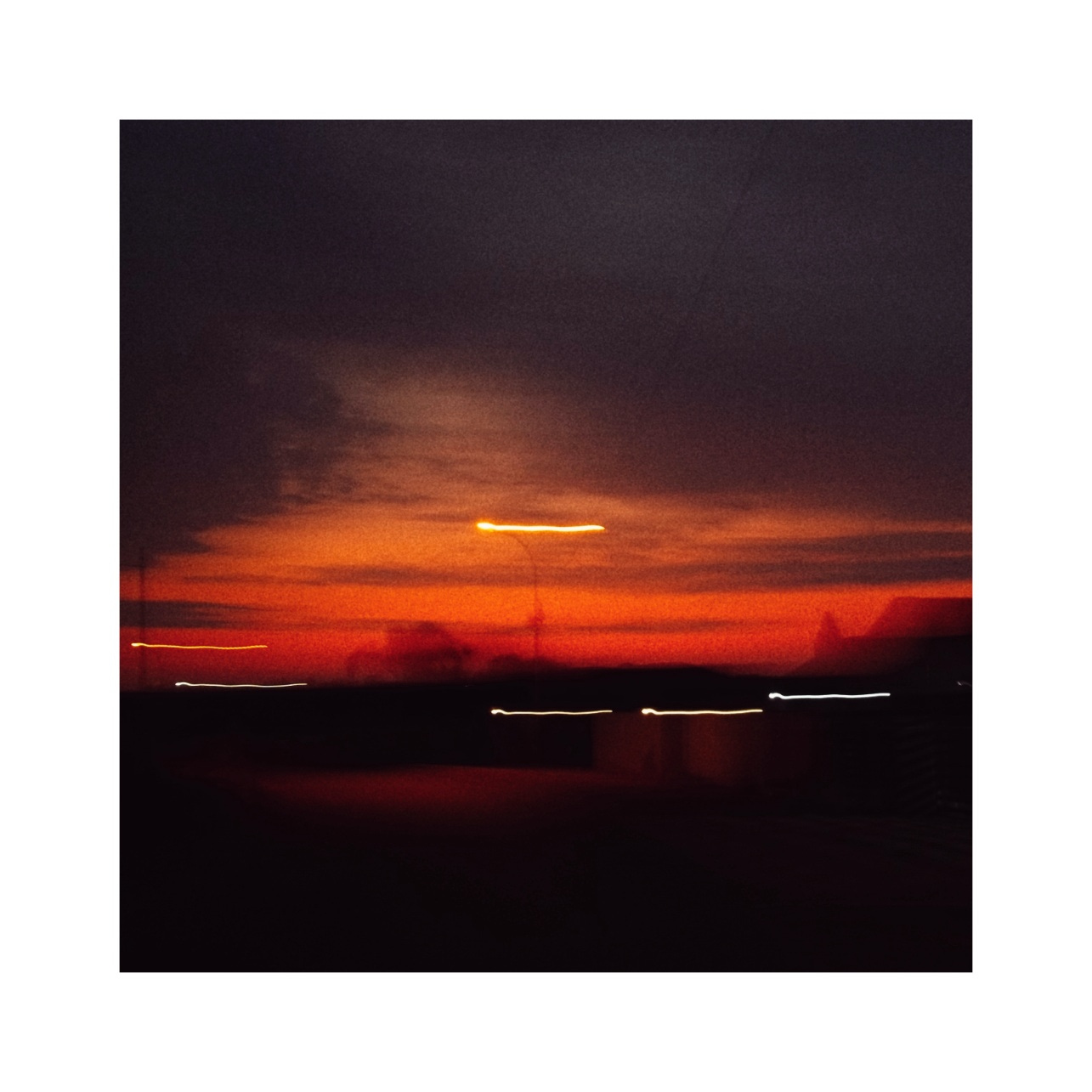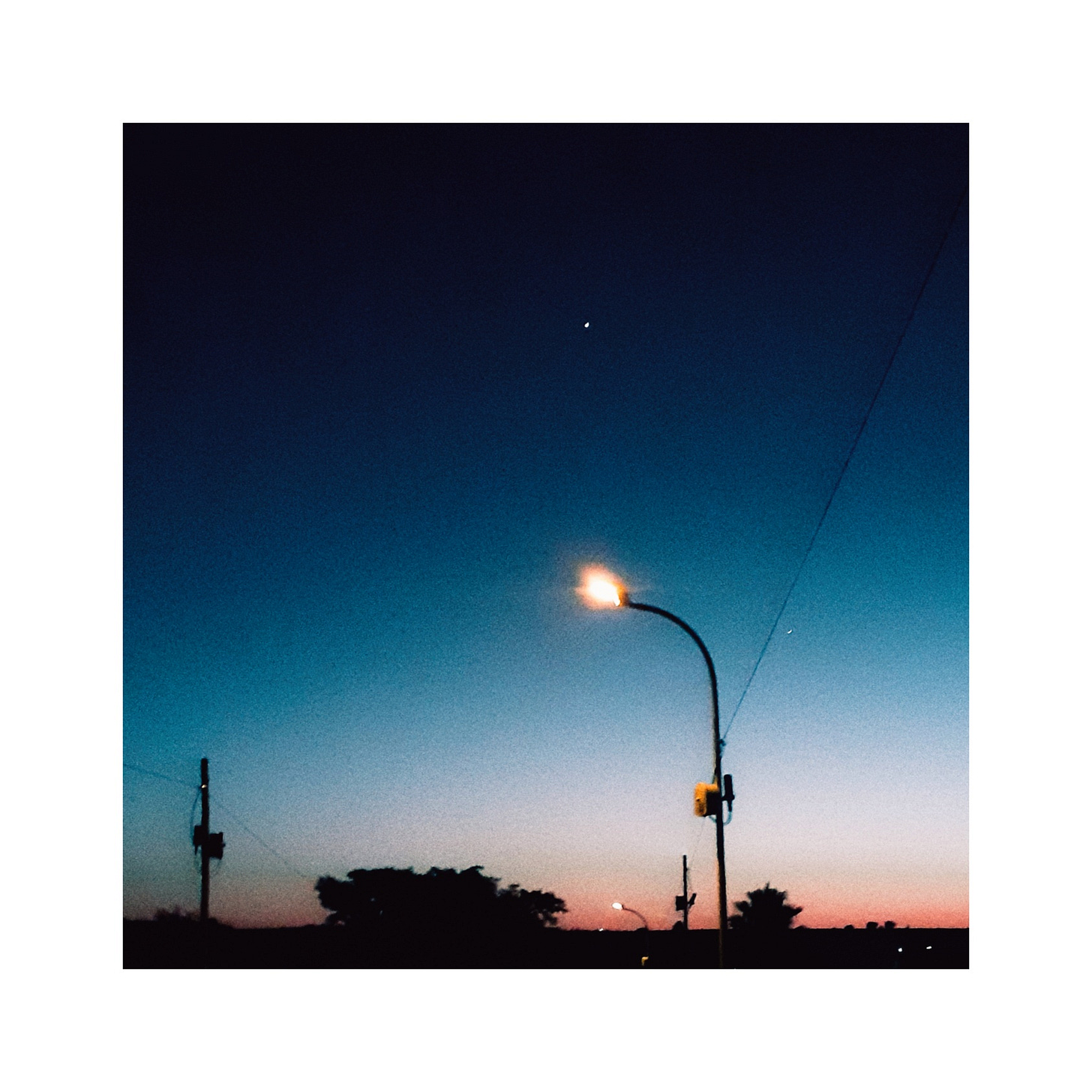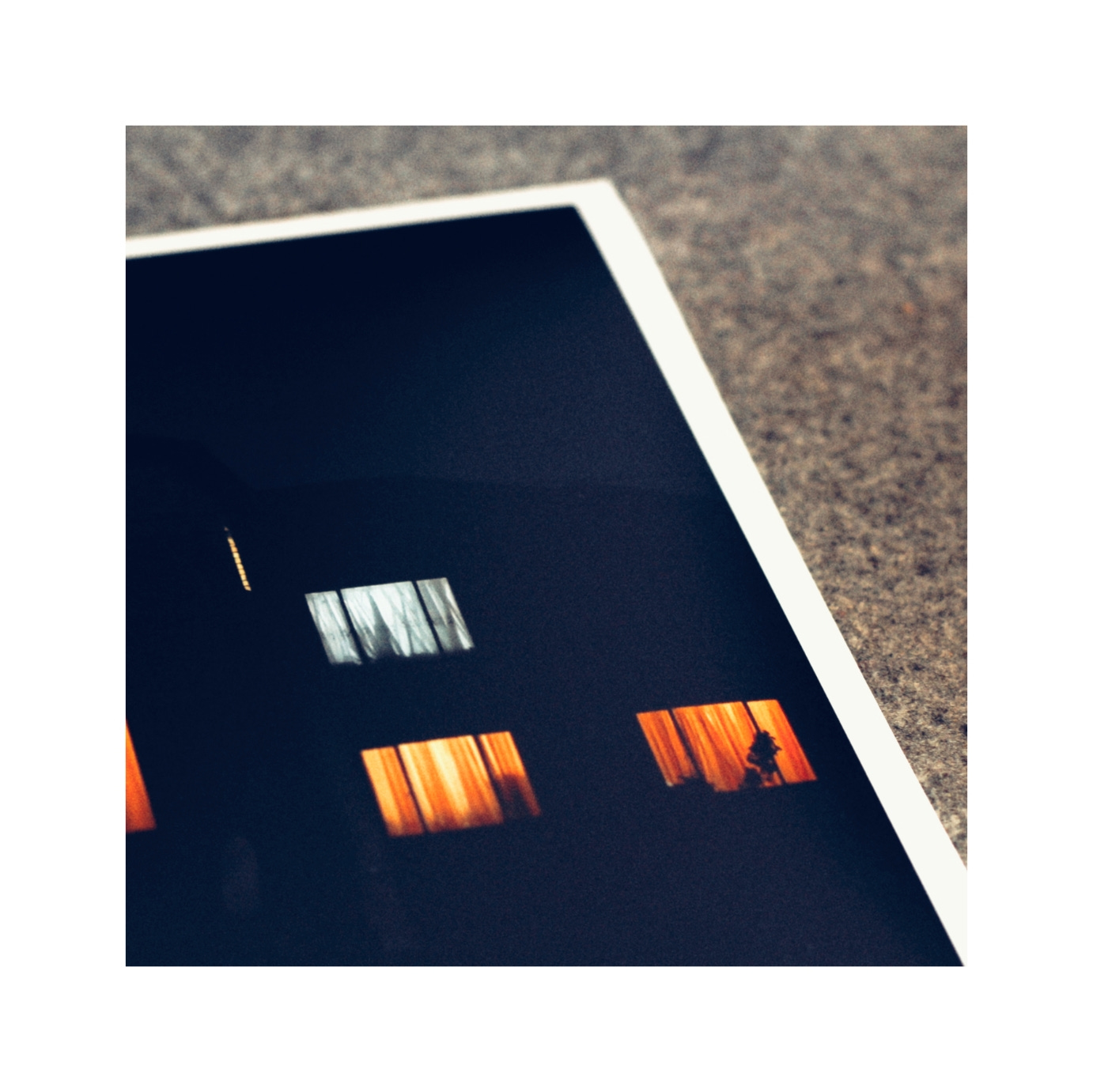Edition Fifty Nine
The power of film photography.
Digital photography has no soul.
If we think about how easy it is for us to take and share photos it might seem this way. In an era where everything is instant we want our images made in the same way.
Then there is film photography.
A scroll around Substack shows you how alive it is, a surprising fact when you consider the last decade of social media. The popularity of photo-sharing apps like Instagram, Vero, and X has changed our perspective on photography, pushing a culture of immediacy. Rewarding the fastest to the post with dopamine in the form of likes.
We love sharing.
The winners in this race got the most likes. And to do this digital camera had just the skills needed. Snap a photo. Send it to your phone. Edit in a multitude of available apps and upload.
Film photography doesn’t work like this. It takes time. It isn’t instant. In this “weakness” lies a hidden power of film photography. To make us slow down.
How can we as digital photographers slow down our process to mimic what comes naturally to the film photographer? I thought about how film photography is often used as a metaphor to slow things down.
Choices.
For the digital photographer, it’s easy to insert a new memory card when one is full. Or buy new storage space - whether physical drive or cloud space. Countless images can be stored effortlessly within the camera.
Film is a different animal. You don’t just load it and start shooting without at least reading up on the film stock. Of course you can store film photos after you’ve developed them but when shooting, you’re limited being unable to view the images right away. And this can be a good thing.
Suppose you started treating you digital photography like film photography. Focus on shooting only 24 or 36 frames. Try shooting some black and white on Kodak Tri-X 400. Its gritty grain and strong contrast a good fit for street photography. Or when you go out doing landscape photography imagine you’re using Kodak Ektar 100 with it’s very fine grain and saturated colors. Film simulation recipes can add something extra to your digital snaps.
Limit your options on purpose. Switch to manual mode for a few sessions and play around with the settings. Make some mistakes and do some experiments.
This might seem a bit pointless because digital photos will never be like film photos. That is 100 percent correct. And it isn’t about creating photo like film. It’s about working within constraints. Limiting your options is likely to boost creativity.
Print your work.
Our main method of consumption for images are digital devices.
We are glued to our phones when we find an extra moment. We see images in 8K on screen focused on keeping us awake at night. It's easy to keep scrolling.
Physical prints help to break this consumption cycle and gently forces the photographer to slow down.
Holding prints of our photos gives us a different sense of achievement. Completely different from the euphoria of waking up to a thousand likes. It makes me think about the day of the photo, the moment and the emotions. I take time to browse through my small album of printed photos. Away from the option to go from browsing socials to diving into Reels or Shorts and emerging an hour later.
It is a tangible object which serves to build a better connection with your work.
We appreciate physical photos in a different way. The family photos hanging in the hallway. The table in a living room decorated with frames and photo albums. It isn't something to just put in a folder and leave unopened. It is more difficult to just delete.
It gives us an appreciation for what goes into not only taking, but making an image. We value it much more than any of the thousand images we see on a daily basis on our digital devices.
Cultivate patience.
Rewards aren't meant to be instantaneous. Working hard for something makes the reward hit differently. Spending time developing a roll of film, waiting in the darkroom for it to emerge is something the digital photographer misses out on.
Digital photography tends to make us rush. Download the images immediately. View them right after taking them. Adjust the settings and take ten more. Within a few minutes of taking photos we can view them. Our inner critic can start scrutinizing and pulling them apart.
A film photographer doesn't have this luxury. The images on a roll of film has to be developed. You can’t cycle through the images on a roll of film while it’s still in the camera. You can develop them yourself but even here the results aren't visible as fast as the digital version.
This isn't necessarily a bad thing. Using this “slow” approach for digital photography can teach you patience. Step away from the urge of immediately judging your own work. Take some time away from the photos before viewing them.
Our conditioning wants us to share immediately. The faster we post, the more we post the better our chances of “success”. Our rush to upload makes no difference to the result. You need to invest attention. Time. Worst thing about this game - your attention and input doesn't give you guaranteed rewards.
The algorithm decides who wins.
As a hobby photographer its important to escape the pull of social media and its side effects. The rush to publish. The urge to share immediately in hopes of hitting a sweet spot in the algorithm.
Be patient and focus instead on the process and the journey through photography.
In closing.
Digital photography is great and offers us unlimited photos, on the fly image viewing and the ability to process images very quickly. A definite improvement over film photography but not in every aspect.
It left us with the idea that photography is something to rush. To finish as quickly as we can. And to immediately share our work.
Considering how film photography slows everything down it makes sense to bring some of these aspects into our digital process. On your next photo shoot think of your camera as a film camera with a single roll of film and see how it changes your approach to photography.
Thanks for reading : )





I do think the approach here offers a transition for some wanting to switch it up (from film to digital or vice versa). I also applaud the nobility behind this post. I just think it's best to avoid bringing two different mediums into comparison when they have been pitted against each other for far too long. I see them as no longer related in my mind. Film does have soul and a photographer can reach for it, like any tool, when the occasion calls. And digital photography also has soul if the photographer is able to be intentional in the moment. It's just another tool. I love that this idea of intentional thought is included in this post. In the end though, both mediums offer a lot of pros and cons and can be enjoyed simultaneously with intention, depending on what tool is needed for the occasion. Thanks!
I liked your post and I agree, even if your opening line made me go 'oh no, not again' in my mind. But luckily I kept on reading and saw you were making very good points, that might be of great value for those never having shot film or just getting started. To me, the difference between film and digital is relatively unimportant, but that's easy to say having grown up with film. There is much to be said for a film-like approach to digital photography, and you said it well.